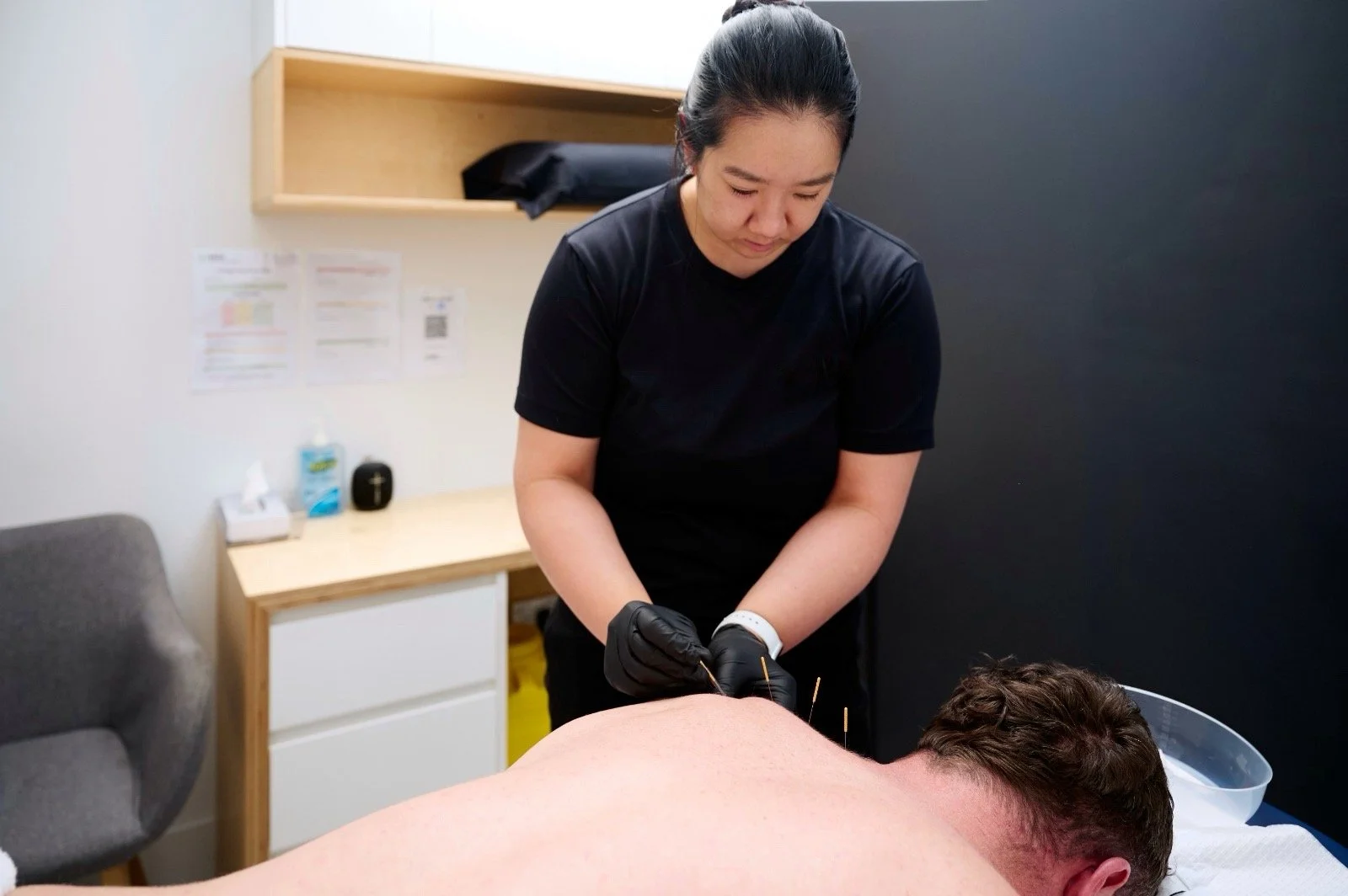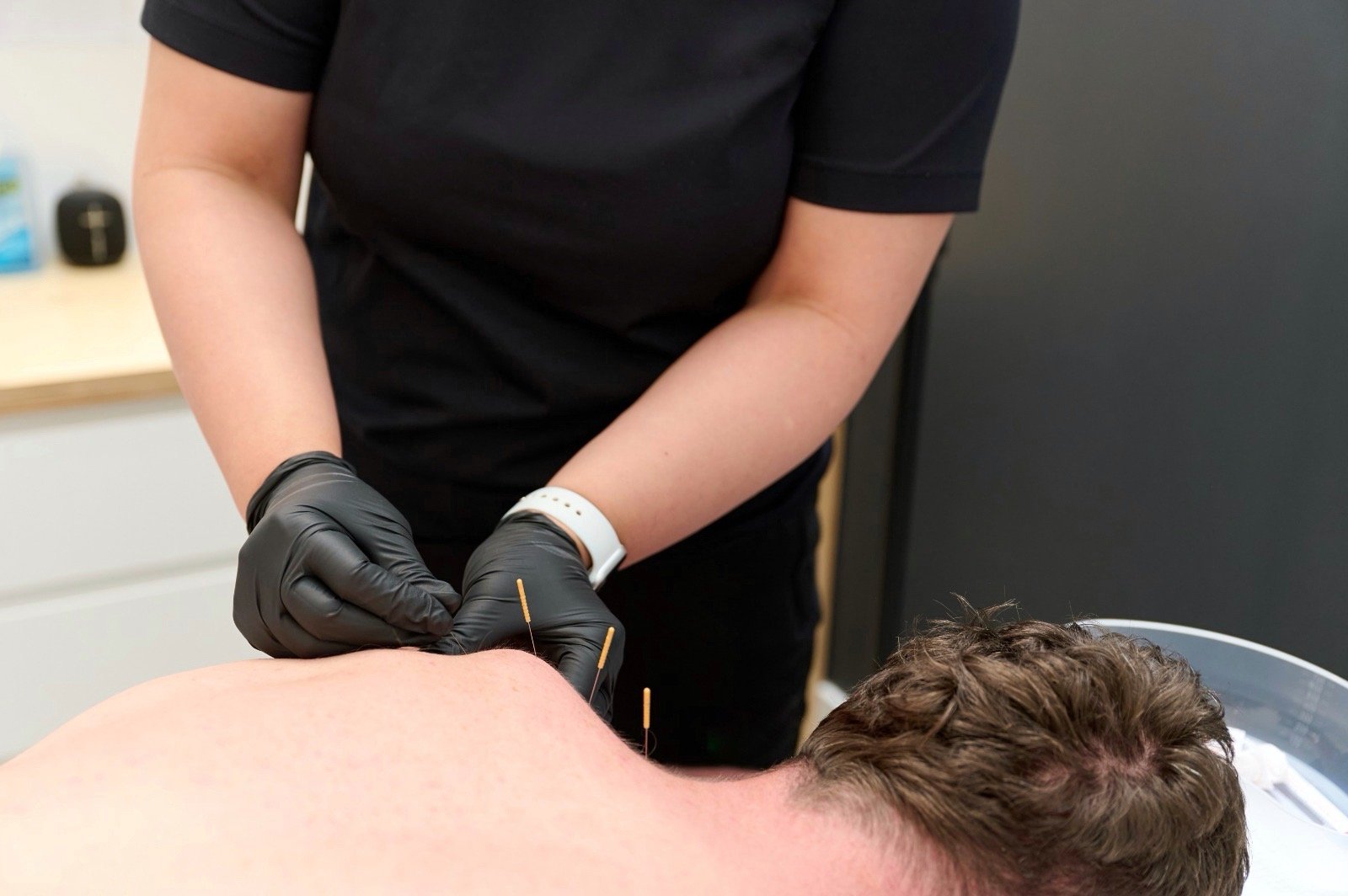Easing Back into Exercise in the New Year
The start of a new year often feels like the perfect time to hit the reset button on our fitness goals. Whether you’ve taken a short break from exercise during the holidays or you’ve been out of the routine for months, returning to physical activity can be both exciting and intimidating. The key to a successful and sustainable restart is to approach it with care, consistency, and a plan tailored to your current fitness level.
Here’s a guide to help you ease back into exercise safely and effectively this new year.
1. Set Realistic Goals
Before you dive into workouts, take a moment to reflect on your fitness objectives. Are you looking to improve overall health, gain strength, lose weight, or simply build a routine? Setting specific, measurable, achievable, relevant, and time-bound (SMART) goals can provide clarity and keep you motivated.
For instance, instead of saying, “I want to get fit,” you could set a goal like, “I will walk for 30 minutes, 4 days a week, for the next month.” This approach creates a clear roadmap for success without overwhelming yourself.
2. Start Small and Progress Gradually
One of the most common mistakes people make is trying to do too much too soon. While it might be tempting to jump into an intense workout regimen, your body needs time to adapt. Starting too aggressively can lead to soreness, burnout, or even injury.
Begin with low-impact exercises like walking, stretching, or light yoga. If you’ve been inactive for a while, aim for 20-30 minutes of moderate activity a few times a week. Gradually increase the intensity and duration as your fitness level improves.
3. Prioritise Warm-Ups and Cool-Downs
Warming up prepares your body for physical activity by increasing blood flow to your muscles and improving flexibility. A good warm-up can include dynamic stretches or light cardio movements like jumping jacks, arm circles, or brisk walking.
Similarly, cooling down after a workout helps reduce muscle soreness and improve recovery. Spend 5-10 minutes stretching or practicing deep breathing to help your body return to its resting state.
4. Listen to Your Body
It’s normal to feel some muscle soreness when restarting exercise, but sharp pain or discomfort is a sign to slow down. Tune into how your body feels during and after workouts. Rest when needed and avoid pushing through pain.
If you’re unsure about what’s safe or effective, consider working with a personal trainer or physiotherapist to create a customised plan that suits your needs.
5. Incorporate a Variety of Activities
Mixing up your workouts can make exercise more enjoyable and reduce the risk of overuse injuries. Try a combination of cardiovascular activities (like walking, cycling, or swimming), strength training, and flexibility exercises.
Variety keeps things interesting and ensures you’re engaging different muscle groups, leading to more balanced fitness.
6. Stay Consistent, but Flexible
Consistency is key to building a fitness habit, but life happens, and it’s important to stay adaptable. If you miss a workout, don’t beat yourself up—just pick up where you left off.
Building a realistic schedule that fits your lifestyle can make it easier to stick with exercise. Whether it’s morning walks, lunchtime yoga, or evening strength sessions, find what works for you.
7. Celebrate Small Wins
Acknowledging your progress, no matter how small, can boost your motivation and confidence. Did you complete your first week of workouts? Celebrate! Hit a new personal best on a run? Share it with a friend!
Tracking your achievements, whether through a journal, app, or fitness tracker, can help you stay focused and inspired.
8. Be Patient and Kind to Yourself
Returning to exercise after a break takes time. Avoid comparing yourself to where you were before the hiatus or to others’ progress. Every step you take is a step in the right direction. Focus on the positive changes you’re making for your health and well-being.
9. Seek Community Support
Joining a group class, finding a workout buddy, or participating in online fitness communities can provide accountability and make the process more enjoyable. Surrounding yourself with people who share similar goals can keep you motivated and committed.
Final Thoughts
Easing back into exercise is not about perfection—it’s about progress. By starting slow, staying consistent, and listening to your body, you’ll set the foundation for a sustainable fitness routine that lasts well beyond the new year.
So, lace up your sneakers, take a deep breath, and embrace the journey ahead. Here’s to a healthier, happier you in 2025!
5 Reasons to Add Physiotherapy to Your Health Routine
5 Reasons Why Physiotherapy Should Be Part of Your Health Routine (Even If You’re Not in Pain!)
When we think of physiotherapy, it’s usually as a solution to pain or injury. But modern physiotherapy offers so much more than just recovery. Imagine it as a tool for building long-term resilience, strength, and flexibility in both body and mind. Here’s why incorporating physiotherapy into your health routine can be a game-changer, regardless of your current physical condition.
1. Prevent Injuries Before They Happen
Physios specialise in analysing body mechanics and spotting patterns that could lead to injury, even before you feel discomfort. Regular sessions help correct issues like poor posture, muscle imbalances, and repetitive strain patterns that build up over time. Think of it as a proactive way to keep your body resilient and injury-free, especially if you’re into sports or fitness.
2. Boost Athletic Performance & Everyday Strength
Physiotherapy isn’t just for rehab; it’s also a powerful tool for performance optimisation. By targeting specific muscles and joints, a physio can help you move more efficiently, maximise your range of motion, and increase your strength safely. Whether you’re lifting weights, training for a marathon, or just want more ease in your daily activities, physiotherapy can give you an edge.
3. Manage Stress with Movement Therapy
Physiotherapists understand the profound mind-body connection. Many physio techniques can help alleviate stress, anxiety, and tension by targeting areas where we tend to store stress, like the neck, shoulders, and lower back. A physio can guide you through stretches, breathing exercises, and gentle movements that promote relaxation and mental clarity, making physio a natural stress reliever.
4. Improve Posture and Mobility for a Lifetime
The modern lifestyle—hours at a desk or hunched over a phone—takes a toll on our posture and mobility. Physiotherapy works wonders in correcting alignment and promoting flexibility, helping you move with greater ease and less discomfort. With regular physio care, you can combat the effects of prolonged sitting, ensuring that your body maintains a natural, healthy alignment over time.
5. Accelerate Healing After Exercise or Minor Strains
Even if you’re in generally good health, sometimes intense workouts or daily wear-and-tear can cause muscle soreness or strain. Physiotherapists can provide treatments like massage, mobilisation, dry needling, cupping, and guided stretching to help you recover faster and more effectively.
Physiotherapy as a Life Tool
Whether you’re dealing with an injury, chasing a fitness goal, or simply want to live pain-free, physiotherapy offers a tailored, effective way to get there. It’s not just about injury recovery but about enhancing your everyday life. So, think of physio as an investment in long-term health—a way to keep moving, feeling, and performing at your best, no matter what life throws your way.
CranioSacral Therapy: A Gentle Path to Wellness
In today’s fast-paced world, where stress, tension, and chronic pain have become common complaints, many people are turning to alternative therapies to find relief and restore balance to their bodies and minds. One such therapy that has gained popularity for its gentle yet potentially transformative effects is CranioSacral Therapy (CST).
What is CranioSacral Therapy?
CranioSacral Therapy (CST) is a hands-on bodywork technique that focuses on the craniosacral system, which encompasses the membranes and cerebrospinal fluid that surround the brain and spinal cord. The therapy is rooted in the belief that restrictions in this system can lead to physical and emotional imbalances. By gently manipulating the bones of the skull (cranium), spine, and sacrum (the triangular bone at the base of the spine), practitioners aim to release tension, improve the flow of cerebrospinal fluid, and support the body’s innate ability to heal itself.
The practice was developed by Dr. John Upledger, an osteopathic physician, in the 1970s, although its roots trace back to earlier osteopathic concepts. Upledger noticed that the craniosacral system had a subtle but distinct rhythm that could be felt and influenced through light touch. CST is based on this rhythm, with practitioners using a soft, non-invasive touch—usually no more than the weight of a nickel—to assess and treat the craniosacral system.
How Does CranioSacral Therapy Work?
The central nervous system, comprising the brain and spinal cord, plays a critical role in the body's overall function and is directly influenced by the craniosacral system—membranes and fluid that protect and support it.
Daily stressors can lead to tightness in body tissues, which may distort the craniosacral system, creating restrictions around the brain and spinal cord. These restrictions can disrupt the central nervous system and impact other body systems.
CST addresses these issues through a gentle, hands-on approach. Using a light touch, practitioners assess the craniosacral system's movement and rhythm, releasing restrictions in the tissues affecting it. By restoring the craniosacral system’s balance, CST helps normalise the environment around the brain and spinal cord, enhancing the body’s natural healing abilities and alleviating various conditions—from chronic pain to neurological issues.
The Benefits of CranioSacral Therapy
Though CST may appear to be a simple and subtle technique, it is credited with a wide range of benefits. People seek this therapy for both physical and emotional relief. Here are some of the key benefits reported by those who have experienced CranioSacral Therapy:
1. Relief from Headaches and Migraines
Chronic headaches and migraines are often linked to tension and imbalances in the craniosacral system. CST can help release pressure in the skull and neck, reducing the frequency and intensity of headaches. Many people who suffer from migraines find that regular CST sessions can significantly reduce their pain.
2. Reduction in Stress and Anxiety
One of the most common reasons people try CST is for its stress-relieving effects. The therapy encourages deep relaxation, helping the body shift from the "fight or flight" response to a more restful, balanced state. This can be especially helpful for those who struggle with anxiety or chronic stress.
3. Alleviation of Chronic Pain
People with chronic pain conditions such as fibromyalgia, back pain, or temporomandibular joint (TMJ) disorders often turn to CST for relief. By addressing the root cause of pain—whether it's tension in the muscles, imbalances in the spine, or restrictions in the craniosacral system—CST can help alleviate discomfort and improve mobility without the need for more invasive treatments.
4. Enhanced Nervous System Function
Since CST works directly with the central nervous system, it can have a positive impact on overall nervous system function. By improving the flow of cerebrospinal fluid and relieving tension, CST helps the body achieve better balance and function, which can enhance immunity, digestion, and overall vitality.
5. Support for Emotional Healing
Emotions and physical tension are often closely linked, and CST can provide emotional benefits alongside physical ones. Some practitioners believe that the gentle touch of CST can help release stored emotions and trauma, allowing clients to process and heal from past experiences. It is often used in conjunction with other therapies, such as psychotherapy, for people dealing with stress, trauma, or emotional imbalances.
6. Trauma Recovery
Whether from physical injury (such as whiplash or concussions) or emotional trauma, CST has been used as a supportive therapy to aid recovery. The gentle manipulations help reduce the body's response to trauma, encouraging it to heal more efficiently and effectively.
Who Can Benefit from CranioSacral Therapy?
CST is a holistic, non-invasive therapy that is suitable for people of all ages, from newborns to the elderly. It is especially beneficial for those who:
Experience chronic pain, migraines, or tension headaches.
Suffer from stress, anxiety, or emotional imbalances.
Have trouble sleeping or experience insomnia.
Are recovering from physical or emotional trauma.
Are looking for a gentle, non-invasive alternative to more aggressive treatments.
Is CranioSacral Therapy Right for You?
For those who are seeking a gentle, natural approach to wellness, CranioSacral Therapy offers a unique and holistic way to support the body’s healing processes. Whether you’re dealing with chronic pain, emotional tension, or simply looking for a way to unwind and rebalance, CST may provide the relief and restoration you need.









